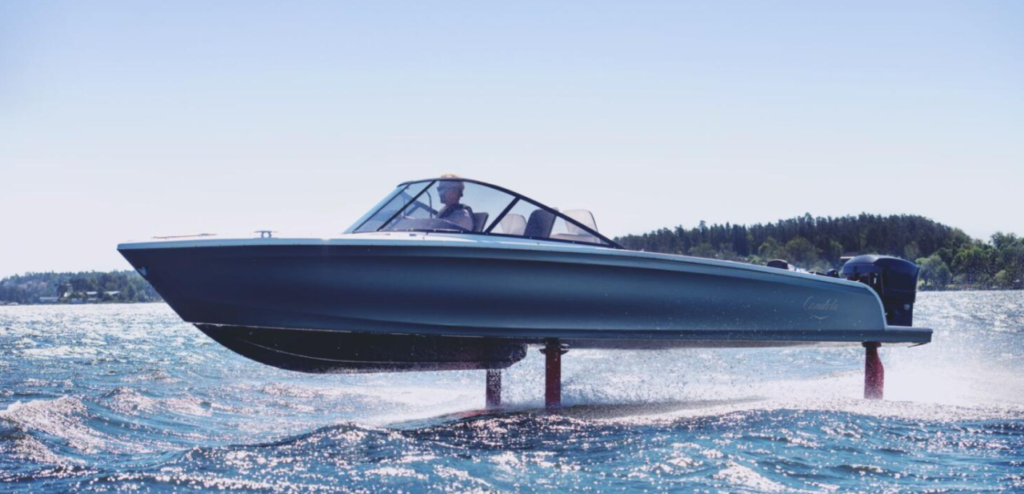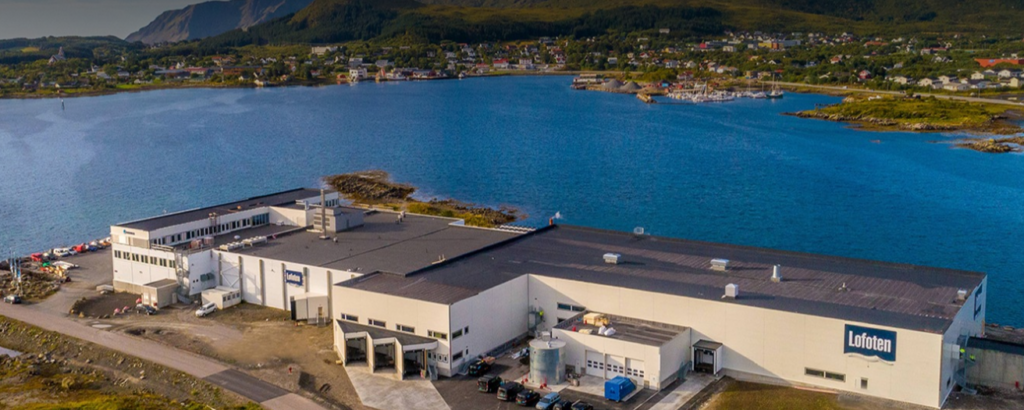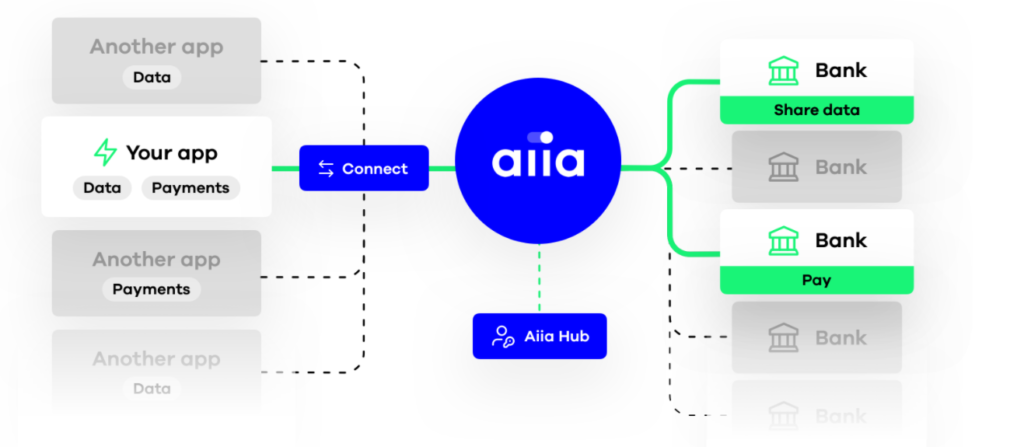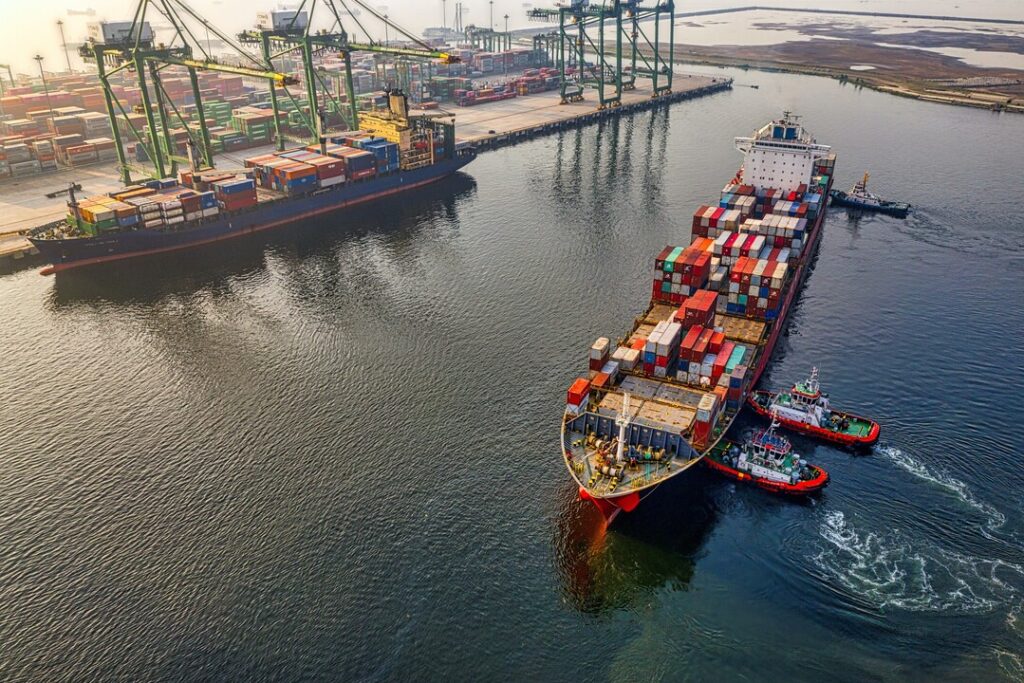Sustainability
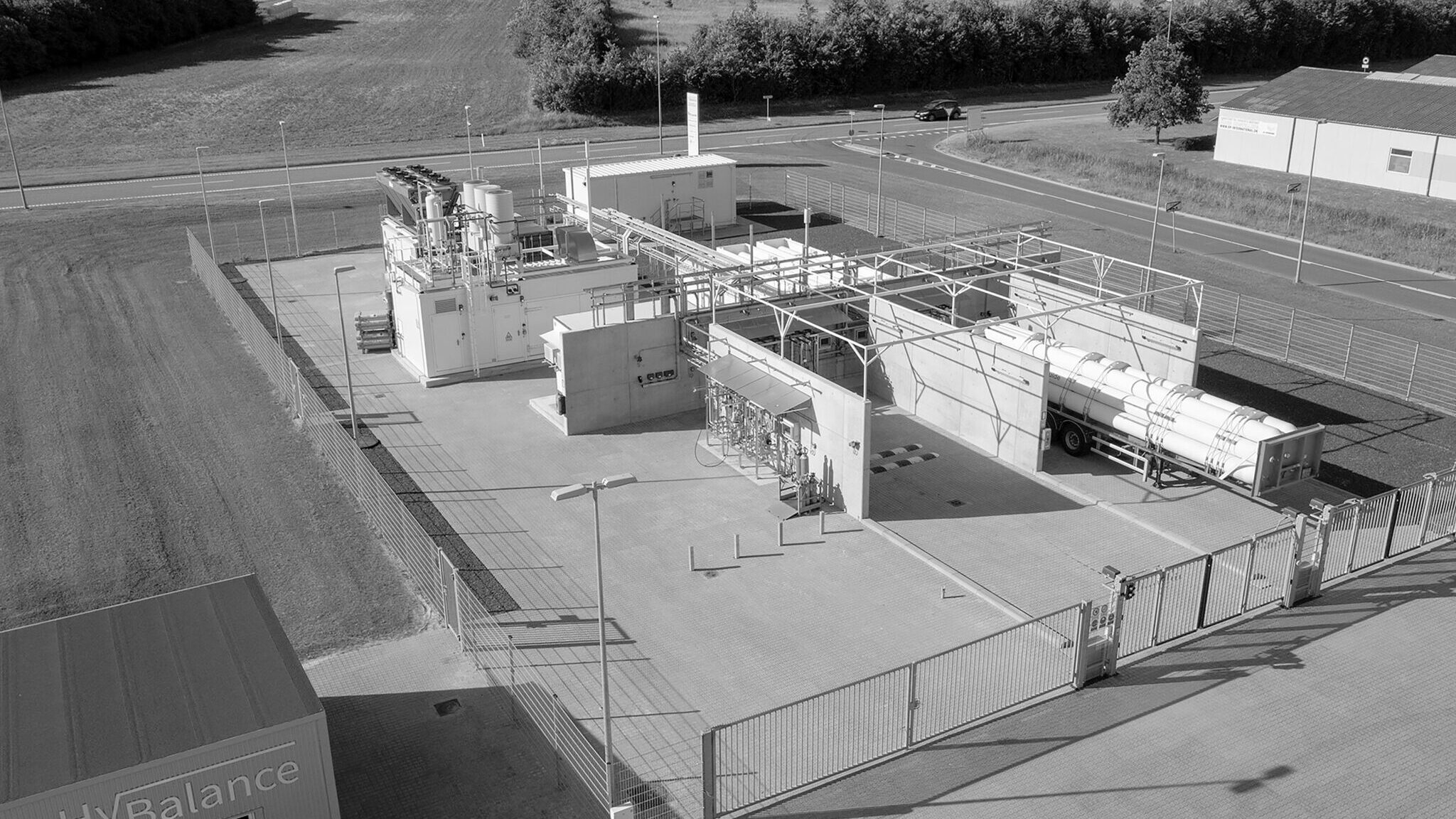
Power-to-X:
Hydrogen And “Liquid Electricity” Are The New Black In The Green Transition
By Marie-Louise Arnfast
Everyone knows about the importance of wind turbines, but most found it surprising to learn that there might be major perspectives in converting wind power to hydrogen through electrolysis in order to store green electricity.
But within the past few years, the potential of so-called Power-to-X has spread far beyond university circles as an important technology that may help us solve some of the hardest aspects of the green transition. Electrification of everything that can be directly powered by electricity is the easy and most energy-efficient bit, and that development is in full bloom: Wind turbines and solar panels supply sustainable energy to the power grid, and this green electricity is then fed to heat pumps, industrial boilers, electric vehicles and so on.
But what do we do about the things than can’t be immediately powered by electricity – such as heavy long-distance transport by plane, ship, train or truck? This is where the Power-to-X concept has come to the fore. The X typically stands for hydrogen, methanol or ammonia – and common to these products is that they are fuels that originate from electrical power which is sent through electrolysers to split water into oxygen and hydrogen. The hydrogen can then be used in its gas form to power transport vehicles – or processed further into liquid fuels – electrofuels – that can be poured into the engines of cars, ships and airplanes.
This technology is not new – but it is still a challenge to reach the critical mass necessary for Power-to-X to really matter in the green transition. One issue is that it consumes a lot of electric power. It is not cheap either – although much has happened in the past few years: Wind power has become massively cheaper, while the technology around electrolysis is developing fast, which will contribute to making it financially attractive to invest in this type of installation long-term.
Pioneering projects
With copious amounts of wind and much experience in sustainable energy, the Nordic region is well positioned to lead the development of Power-to-X technologies. In fact, there are already a number of pioneering projects happening in this area.
In Denmark, a hydrogen plant near the town of Hobro has demonstrated how to convert electric power to hydrogen on a large scale. Since it opened in late 2018, the HyBalance plant has produced some 120,000 kilos of hydrogen for use in transport and industry. The first drops of green methanol have also started to drip from the Power2Met pilot plant in the city of Aalborg which is expected to produce 300,000 litres a year, and a large-scale Power-to-X plant is also on the way at Skive.
Recently, a partnership between the energy company Ørsted, the shipping giant Mærsk, transport companies DFDS and DSV as well as Copenhagen Airport and Scandinavian Airlines, has started to explore the possibility of building a 1.3 GW Power-to-X installation near Copenhagen to use electric power from one of two energy islands that the Danish government proposed to establish in its recent climate plan. Power-to-X is also mentioned as a particular focus area in this climate plan which was approved by a wide majority in the Danish parliament in June.
Norway and Sweden have also started looking into Power-to-X over the past few years
This summer, the Norwegian government adopted a hydrogen strategy, and while much of the hydrogen that this strategy focuses on is so-called blue hydrogen, made by reforming natural gas and storing CO2, promoting so-called green hydrogen, based on renewable power, is also part of the strategy. With the North Sea as its nearest neighbour, Norway has obvious potential in drawing power from offshore wind turbines, and the country is on home turf with electrolysis technology. The Norwegian company NEL Hydrogen, which makes electrolysers, has grown significantly over the past few years, exporting its installations to a number of countries.
is also part of the strategy. With the North Sea as its nearest neighbour, Norway has obvious potential in drawing power from offshore wind turbines, and the country is on home turf with electrolysis technology. The Norwegian company NEL Hydrogen, which makes electrolysers, has grown significantly over the past few years, exporting its installations to a number of countries.
Sweden also has a national hydrogen strategy on the way; there are plans to convert railway lines to hydrogen, and most recently, the Swedish company Liquid Wind secured a billion Swedish kroner to build a plant that aims to produce some 45,000 tonnes of green methanol a year. The aim is to build six methanol plants by 2030.
Clean transport and industry
Generating hydrogen is central to all Power-to-X products, since hydrogen is a main ingredient in all X-products. In order to convert hydrogen to methanol, a carbon source is required, which might for example come from a biogas installation that has excess CO2 from degassing manure. The carbon source might also come from industrial processes where CO2 is captured and recycled for further use before being released into the atmosphere – also called Carbon Capture & Usage. To make ammonia, nitrogen is added to the hydrogen.
Both methanol and ammonia can be used in the transport sector. Methanol can be mixed with ordinary petrol, up to a certain percent, and used in most recent car engines. Pure methanol requires special engines based on fuel cells that convert the methanol to electricity.
But Power-to-X is not just of interest to the transport sector. Hydrogen, methanol and ammonia have multiple uses – in production processes, in the pharmaceutical industry and in agriculture. Today, such products are made while releasing large amounts of CO2. By replacing the fossil-fuel-based hydrogen with green hydrogen – made through electrolysis using sustainable power – it is possible to significantly reduce CO2 emissions.
Balancing the power grid
Another interesting aspect of Power-to-X is that the hydrogen production can be used to balance the power grid. When more and more power on the grid comes from fluctuating sources such as solar and wind power, it becomes important to find mechanisms to store power over periods of excess capacity – for instance if the wind blows at night when power consumption is low. Instead of stopping the wind turbines or sending this power to neighbouring countries – which will need this power less as they build more wind turbines themselves – this excess capacity can be used to produce hydrogen through electrolysis.
Conversely, mechanisms are also needed to stop the consumption of power at times of peak demand, such as after work when families return home to power up their stoves, ovens, washing machines and maybe their electric vehicles: the so-called peak load. The HyBalance hydrogen plant at Hobro in Denmark has shown that the special electrolysis technology PEM is well suited for balancing the grid, and the plant has been approved by Danish energy authorities to bid in all power markets, enabling it to deliver so-called ancillary services to maintain the balance on the e-grid.
This is why Power-to-X is interesting in so many ways in relation to the green transition. There is much talk of this concept becoming a new business adventure for the companies and countries which are first movers with the technology, infrastructure and economics in terms of large-scale generation. The Nordics are well positioned to do this, but other countries south of the Danish border are also moving fast with Power-to-X at the moment.

